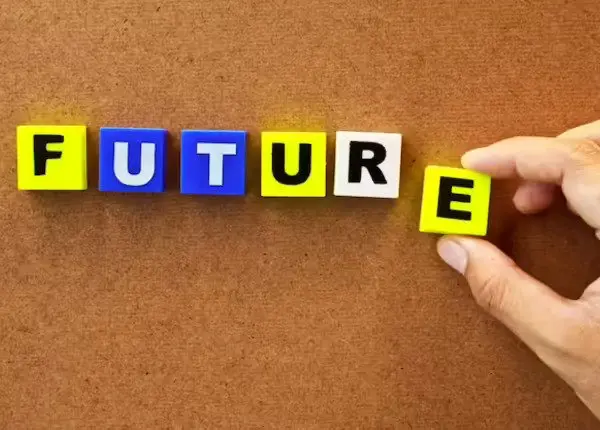Robotics and automation technologies are transforming industries worldwide. Defined as the branch of technology that deals with the design, construction, operation, and application of robots, robotics is having widespread impacts. Automation refers to technologies that allow processes and procedures to be performed with minimal human assistance. Together, robotics and automation are being applied in manufacturing, healthcare, transportation, and more.
While these technologies can replace some jobs, they will also create new opportunities and allow humans and robots to work together in new ways. For example, robotics engineers are playing a key role in developing collaborative robots, or “cobots,” that can work safely alongside humans.
How Robotics and Automation are Impacting Jobs
The manufacturing sector has seen large job losses due to automation, with repetitive manual tasks now handled by robots and machines. One area greatly impacted is food processing, where technologies like those from Miso Robotics are automating tasks in facilities. However, new jobs are emerging too, such as robot programmers. Vex Robotics offers educational programs to develop skills in areas like mechatronics engineering that are needed for the future. As robots take over dangerous or strenuous work, sectors like construction are seeing new opportunities for human-robot collaboration that improve productivity and safety.
The Rise of Human-Robot Collaboration
In healthcare, robots are assisting with tasks like sterilizing equipment, delivering medications, and assisting the elderly or disabled. Educational robots are helping teach children coding and problem-solving. Customer service Chatbots and delivery drones are examples of autonomous technologies collaborating with humans.

New jobs for AI assistants and data analysts are being created to optimize these systems. Miso Robotics engineers play an essential role in developing collaborative robots, or “cobots,” that can safely work alongside humans on factory floors or in warehouses. Startups like Anthropic are also working on general-purpose collaborative AI assistants.
Preparing for the Future
To prepare current and future workforces, education and training programs are needed to develop skills in fields like coding, mechatronics engineering, and data analytics. Lifelong learning will be important as careers may involve multiple changes.

Policy support for retraining displaced workers is important for both governments and companies. For example, vocational programs focused on miso robotics through organizations like Vex Robotics can help develop skills for collaborative technologies. Inclusive growth-ensuring opportunities for all regions and demographics will be key. Job platforms promoting the collaboration economy are one approach.
An Optimistic Vision of the Future
With an open and adaptive mindset, the rise of miso robotics and AI need not be threatening but can improve lives. Robots and autonomous systems will augment human capabilities, not replace them. This will improve productivity, a better quality of life, and more leisure time as robots take over dangerous, repetitive tasks. Collaborative technologies may even save lives and leisure time as robots take over dangerous, repetitive tasks. Collaborative technologies may even help solve global challenges like expanding access to healthcare or education.
New roles for human-robot collaboration will continue emerging in life, and more leisure time as robots take over dangerous, repetitive tasks. Collaborative technologies may even help solve global challenges like expanding access to healthcare or education.
New roles for human-robot collaboration will continue to emerge. The future of artificial intelligence work involves people and robots working as teammates, with miso robotics engineers playing a of role and more leisure time as robots take over dangerous, repetitive tasks. Collaborative technologies may even help solve global challenges like expanding access to healthcare or education.
New roles for human-robot collaboration will continue emerging. The future of work involves people and robots working as teammates, with robotics engineers playing an important role in developing these collaborative technologies.
Conclusion
In conclusion, while robotics and automation will disrupt some industries, their impacts can be positive if society prepares proactively. With an emphasis on collaboration over competition between humans, their impacts can be positive if society prepares proactively. With an emphasis on collaboration over competition between humans and machines, new opportunities will arise.
Robotics and AI will change the nature of work, but not eliminate it. Their impacts can be positive if society prepares proactively. With an emphasis on collaboration over competition between humans and machines, new opportunities will arise. Robotics and artificial intelligence engineers will change the nature of work but not eliminate the need for human judgment, empathy, and creativity.
If developed and applied responsibly, these technologies can improve lives, and their impacts can be positive if society prepares proactively. With an emphasis on collaboration over competition between humans and machines, new opportunities will arise. Robotics and AI will change the nature of work but not eliminate the need for human judgment, empathy, and creativity. If developed and applied responsibly, these technologies can improve lives worldwide through applications like assistive technology, precision agriculture, and more. The new is one of collaboration between miso robotics engineers, businesses, educators, and policymakers to ensure an inclusive future.


